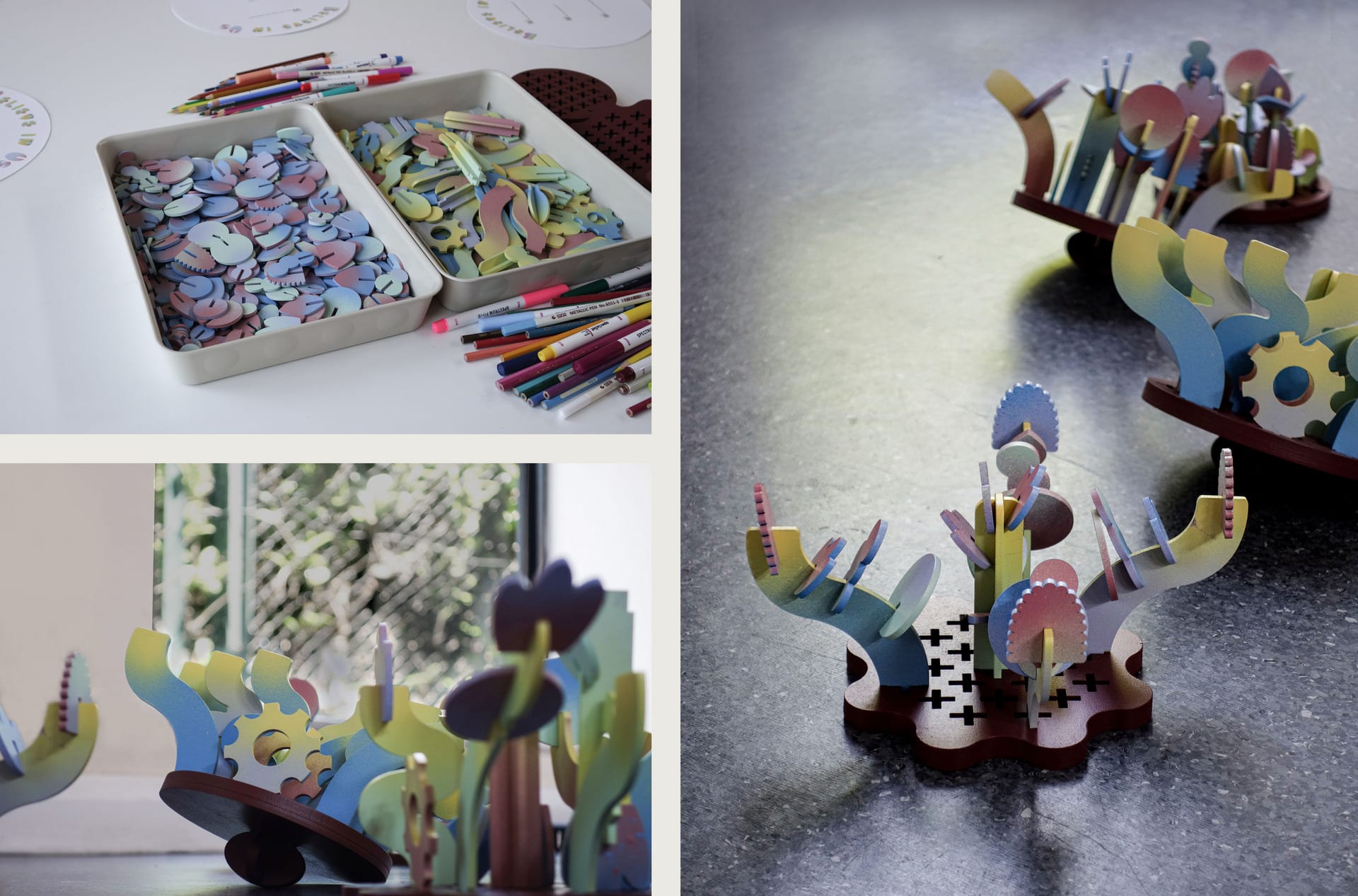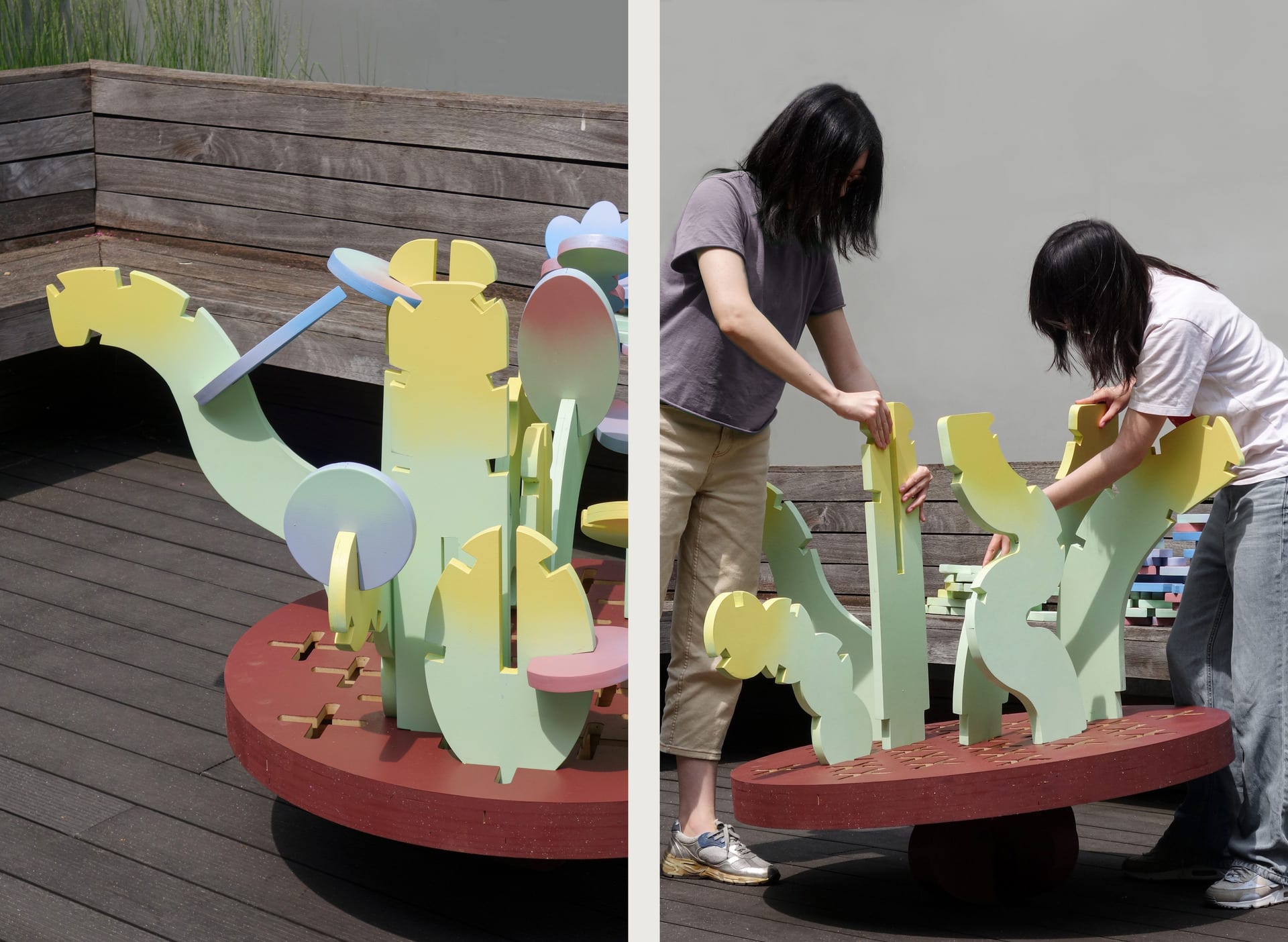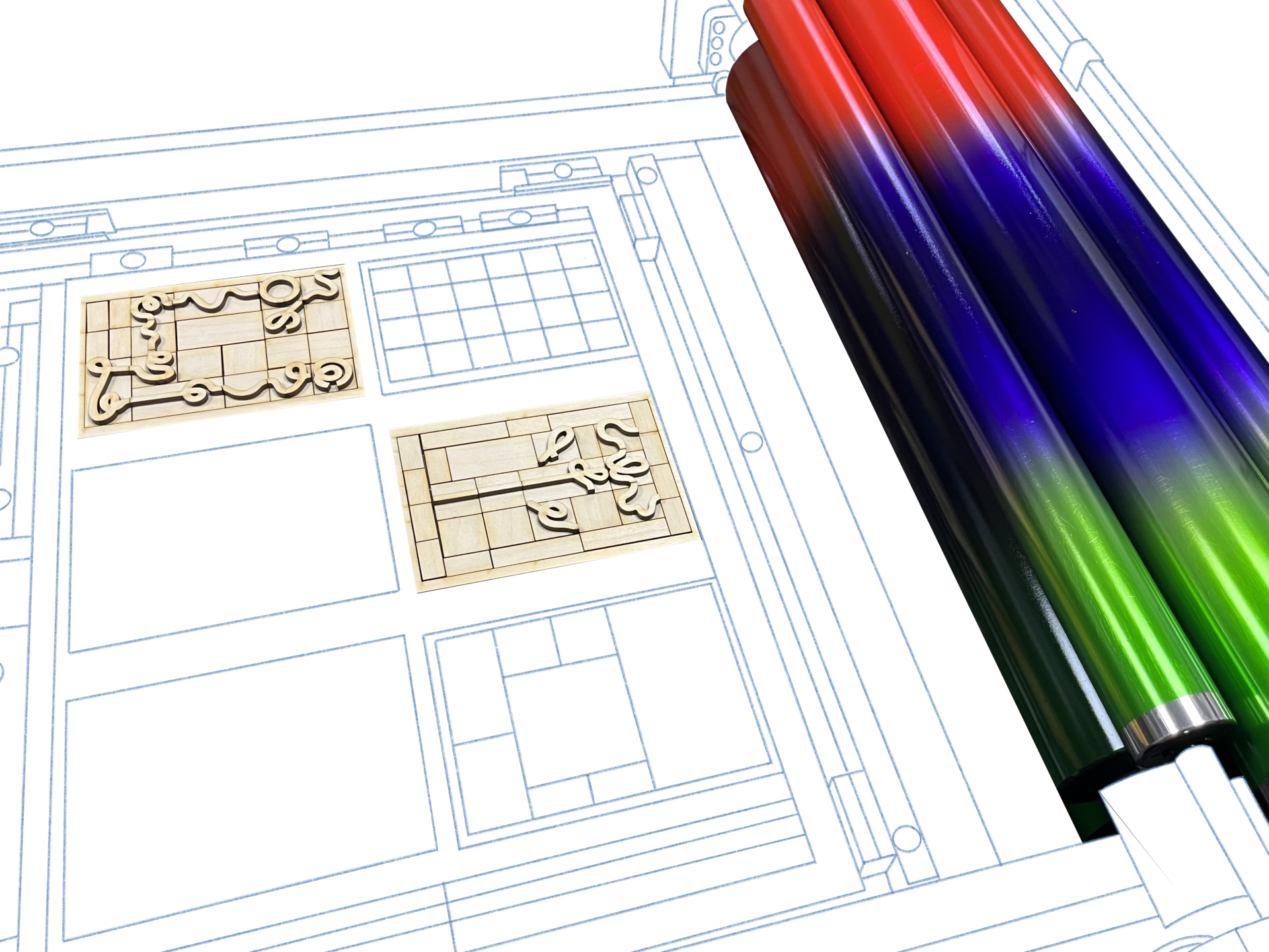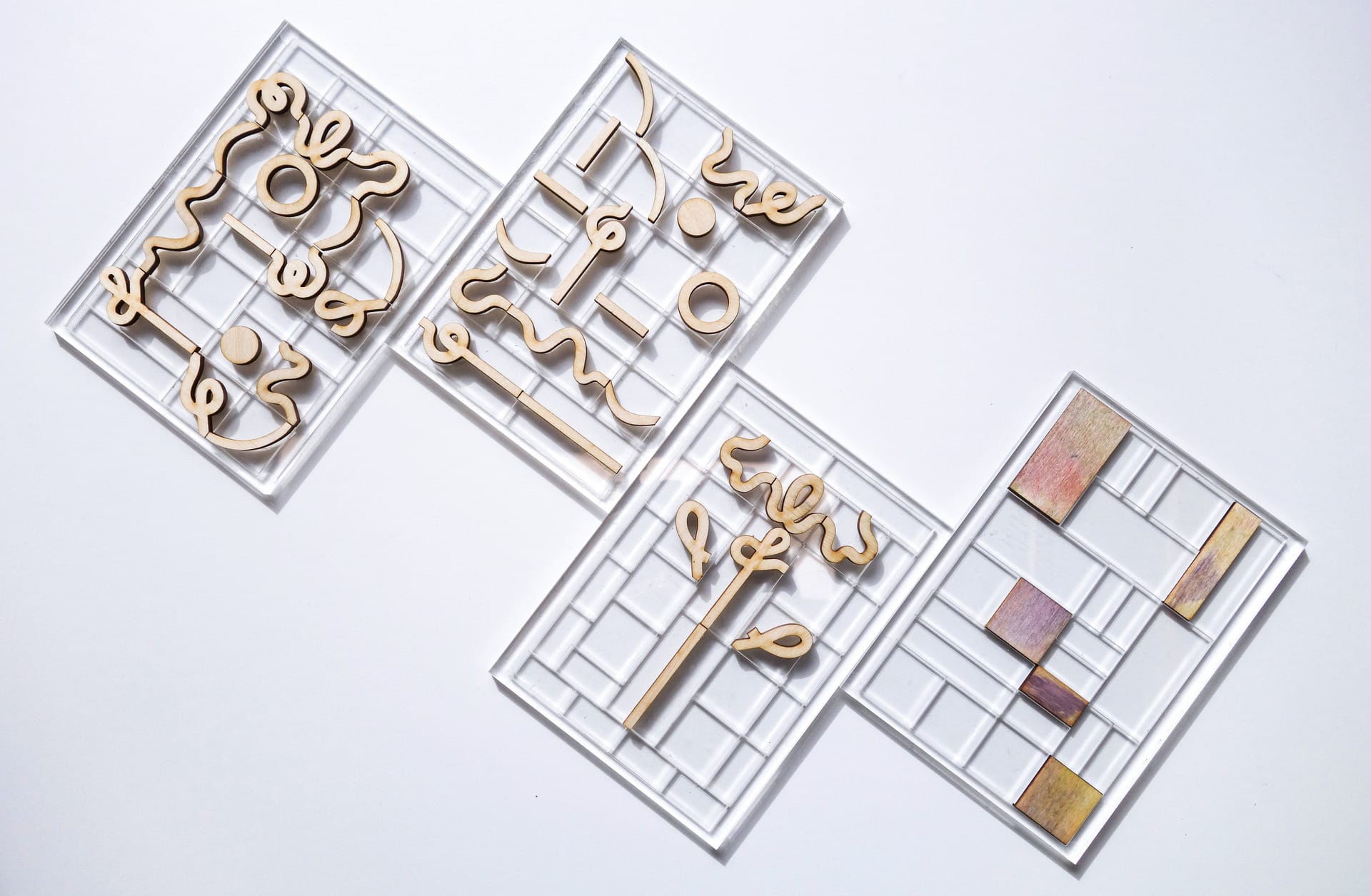Xinwei (Nina) Wei is a designer, illustrator and interdisciplinary practitioner from Beijing, currently based in London. She graduated from Kingston University BA Illustration Animation in 2022 with a First-Class Honours degree before her MA. Her practice uses visual communication as a bridge or translator between various disciplines to facilitate conversations in healthcare and well-being.
She employs the participatory design processes, moving beyond the convention of traditional illustrative image-making, using expanded illustration as a tool for first-hand, multi-method research rather than just a form of presentation.











